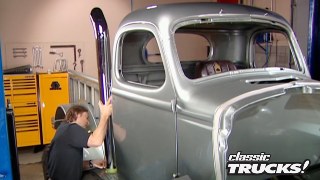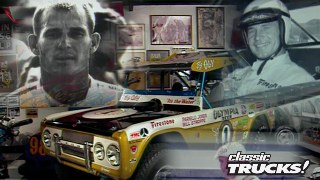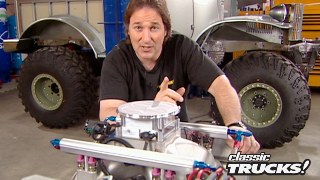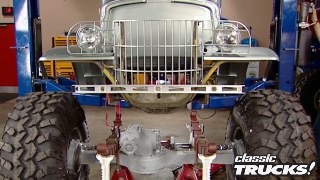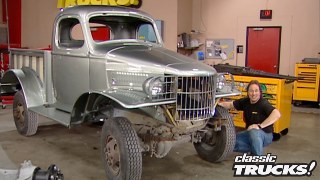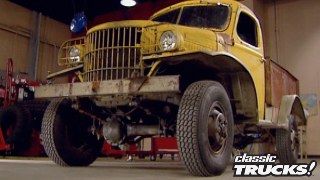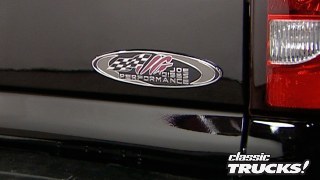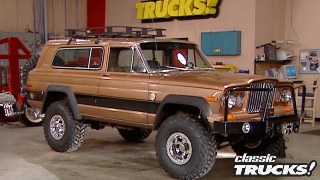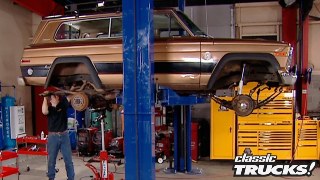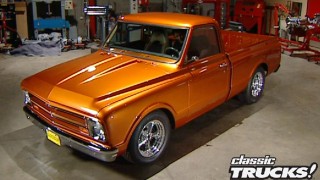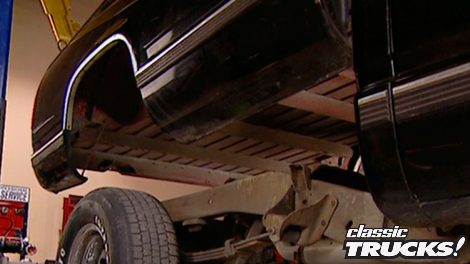
Turning a 1988 Chevy Pickup Into a Dump Truck
We show you how to convert an 88 Chevy pickup into a dump truck using a bolt-on kit, allowing you to manage heavy loads effortlessly.
Season 1
Episode 3
Hosts: Stacey David, Mel Fair
First Air Date: July 20, 2018
Duration: 20 minutes 58 seconds
